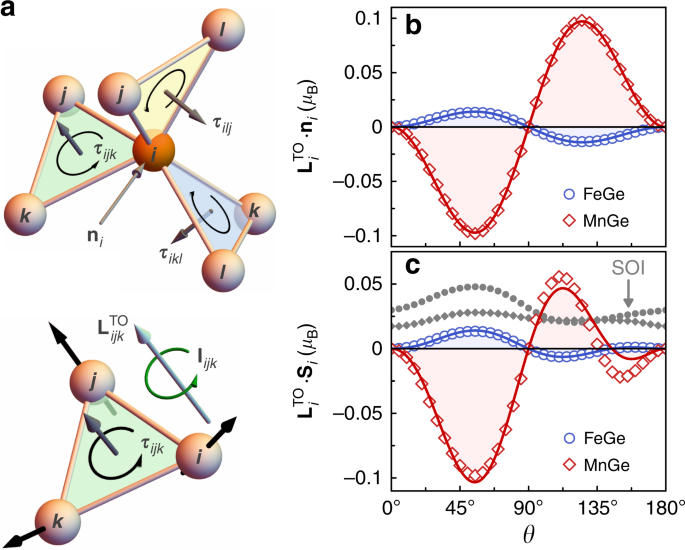Scientists, for the first time, have observed a new type of topological Defect in Chiral Magnets. While the existence of these types of defects was suggested by theoretical models, this is the first time they were observed experimentally.
According to a report published in Nature Communications, Associate Professor Masahiro Nagao from Nagoya University, Japan, and his colleagues observed these defects using Lorentz transmission electron microscopy (LTEM).
In their experiment, they passed electrons through a thin chiral magnetic film made of zinc, manganese and cobalt and observed their deflections. The topological defects appeared as pairs of dark and bright areas.
Topological defects are the result of disruption in the symmetry of magnetic material. Similarly, Domain Walls or DW are also a type of topological defect. They separate regions of different magnetic orientations. Interestingly, these defects have a wide range of applications in the field of energy processing devices, high-performance memory storage devices and even quantum computing. That’s why they are extensively studied. The current experiment related to the newly observed topological defects is also an extension of previous studies related to DWs.
Recently, there have been talks of newer applications of topological defects, those found within the DWs. They are usually called defects within the defect and are known as DW skyrmions and DW bimerons. However, they have never been observed before, till recently.
Researchers started by observing a single DW while the film was not magnetized. Once they magnetized the film, they were able to observe two types of DWs. While the typical DW created a line, the DW bimerons created bright elliptical dots on the LTEM images. Scientists observed that as they increased the strength of the magnetic field, the DWs also increased, but they disappeared after the magnetic field crossed a certain threshold.
To confirm their findings, scientists applied the transport of intensity equation to obtain the magnetic distributions. The findings confirmed DW bimerons as they were able to find out opposite magnetizations on both sides of the chain of DWs.
According to the lead scientists of the study, Professor Masahiro Nagao from Nagoya University, Japan, “In our chiral magnet thin films, we show chained and isolated bimerons playing the role of and bound to DWs respectively, which are realized by not only in-plane magnetic anisotropy component but also the combination of Dzyaloshinskii-Moriya interaction, out-of-plane magnetic anisotropy, dipolar interaction, and Zeeman effect.”



